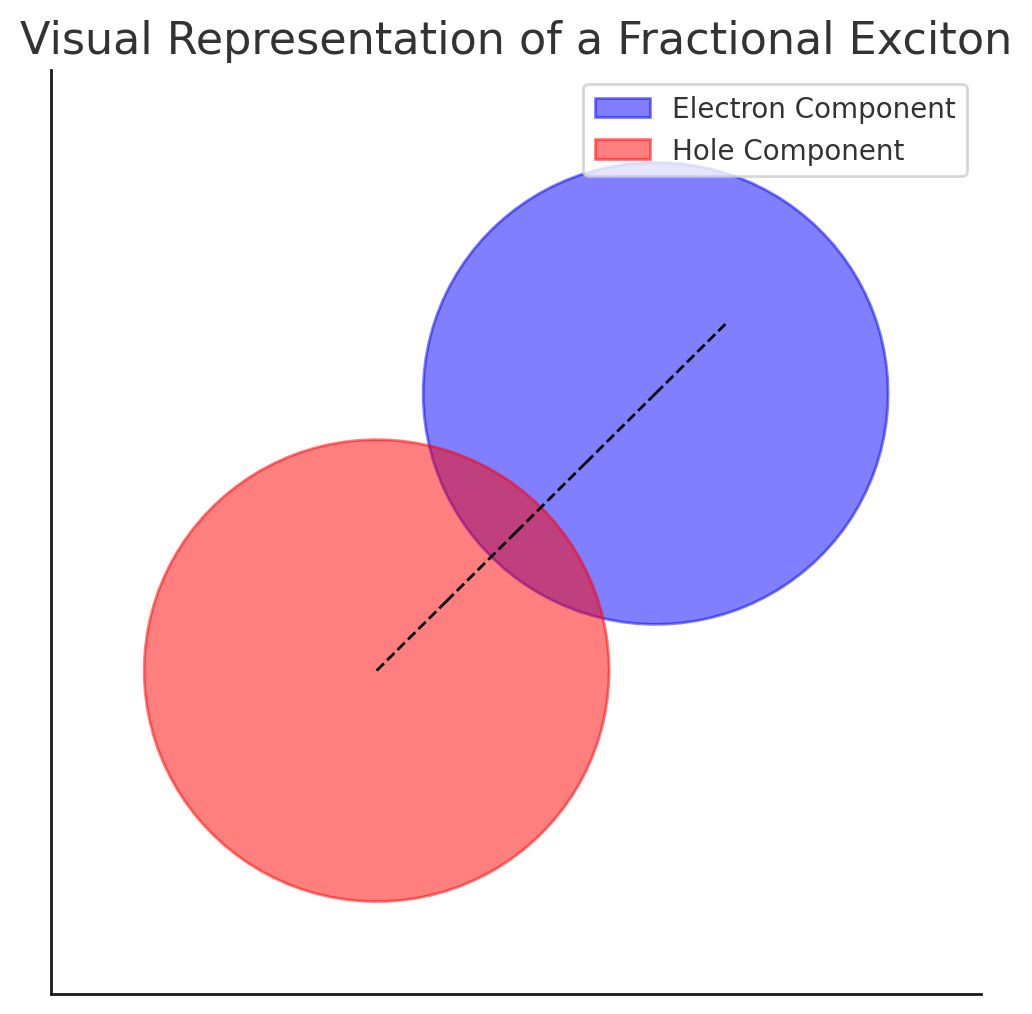
The world of quantum physics is full of surprises, and scientists at Brown University have just made a discovery that could change the future of technology. They have found a new type of particle called a fractional exciton—something researchers thought might exist but had never actually seen before.
This discovery could help us build better quantum computers, which are much faster and more powerful than today's computers. But what exactly are fractional excitons, and why do they matter? Let’s break it down.
What Are Excitons?
To understand fractional excitons, we first need to talk about excitons.
An exciton is a particle that forms when an electron (a tiny particle with a negative charge) joins with a hole (a spot where an electron is missing, which acts like a positive charge). Since excitons have both a negative and a positive charge combined, their total charge is zero. This makes them very hard to detect.
Excitons are important in science and technology because they play a big role in how materials absorb and emit light. They are already being studied for new types of electronics and energy-efficient displays.
What Makes Fractional Excitons Special?
Scientists at Brown University found something even more unusual—fractional excitons. Unlike regular excitons, these new particles break apart into fractions, meaning they behave in a way that doesn’t fit into known categories of quantum physics.
Particles in the quantum world are usually sorted into two groups:
- Bosons (like photons, which make up light) that can exist in the same space.
- Fermions (like electrons) that must stay separate from each other.
But fractional excitons don’t behave exactly like bosons or fermions—they seem to act like a mix of both, or something entirely new.
This means there may be a new class of particles in physics that we didn’t know about before!
How Did Scientists Find These Particles?
To make this discovery, the researchers used graphene, a super-thin and strong material made of carbon. They stacked two layers of graphene on top of each other, with an insulating material (boron nitride) in between. This allowed them to control the electric charge inside the material.
Then, they put the system into a very strong magnetic field—millions of times stronger than Earth's magnetic field. Under these extreme conditions, they saw fractional excitons appearing for the first time.
This experiment is connected to something called the Fractional Quantum Hall Effect, where electrical resistance changes in fractional steps under strong magnetic fields. The researchers applied this idea to excitons, leading to their groundbreaking discovery.
Why Is This Important?
One of the most exciting possibilities for fractional excitons is in quantum computing.
Right now, quantum computers have a big problem: they are very sensitive to outside noise (tiny changes in the environment that disrupt calculations). This makes them hard to use for practical tasks.
But fractional excitons seem to be less affected by noise, which means they could help make quantum computers more stable and reliable. If scientists can find a way to use them in technology, we could be one step closer to building powerful quantum computers that can solve problems far beyond what regular computers can do.
What’s Next?
Now that we know fractional excitons exist, scientists want to:
- Study how they interact with other quantum systems.
- Find out if they can be used to make new types of quantum materials.
- Explore their potential for error-resistant quantum computing.
This discovery is a big step forward in understanding the strange world of quantum mechanics. It proves that nature still has many secrets waiting to be uncovered.
As research continues, fractional excitons might open a whole new chapter in physics, bringing us closer to advanced technologies that could change the world.